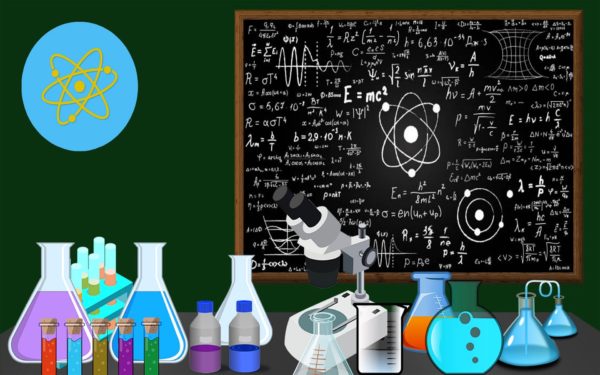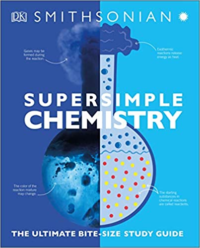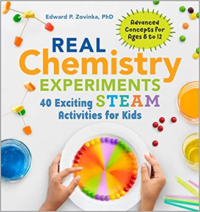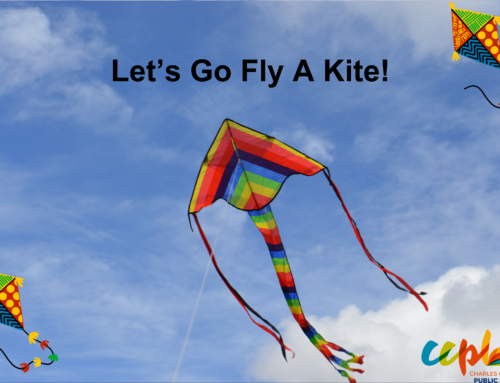Color Exploding Magic Milk Chemistry Experiment used to make Marbled Magic Milk Paper
Materials:
Instructions:
- Cut your watercolor paper to a size that easily fits within your tray. Place the stack of paper near your tray; once your start swirling the colors you will have to work quickly to get the best effects.
- Pour roughly 3-4 tablespoons of milk into a tray; basically enough for a thin layer of milk that covers the bottom of your tray.
- Add in drops of food coloring around the milk.
- Dip a q-tip into the dish soap and then dip it into the milk. The soap and food coloring will now start interacting.
- Before the colors get too mixed together, take one sheet of paper and lay it on top of the milk mixture. Press down gently, then gently lift it, set aside to dry, and continue with additional sheets.
- Let everything dry completely.
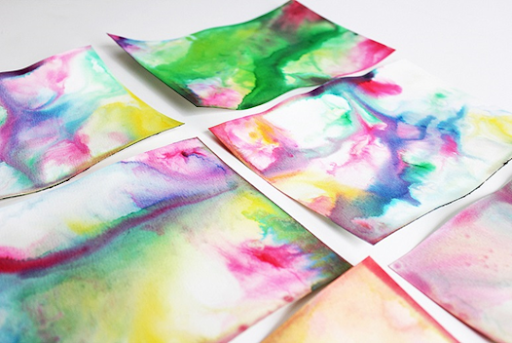
Scientific Explanation:
What causes the food coloring in the milk to move?
Simplified Response:
The dish soap does not mix with the milk. Instead, it floats on top and spreads over the surface. As it spreads, it grabs the food coloring. Soap is a “degreaser”, so the molecules in it are attacking the fat in the milk, causing motion which creates the swirling of the colors. Where the colors meet, they combine and form new colors.
More Advanced Response:
Liquids like water and milk have a property known as surface tension, due to the cohesive forces of the liquid’s molecules. If you look closely at the edge of the surface of water in a clear glass, the water appears to rise up the side of the glass because the surface tension of the water is actually pulling the water away from the glass inward toward the center of the surface. Since milk is mostly water, it has surface tension like water. Homogenized milk has gone through a process where the fat is broken up into tiny pieces of fat called globules and spread throughout the milk. When the food coloring was added to the milk, the fat globules were steady and undisturbed. Food coloring is less dense than milk, so it floats on the surface. When dish soap touches the surface of the milk, things begin to move. Dish detergent weakens the milk’s bonds by attaching to its fat molecules. As the dish soap diffuses into the solution it surrounds the fat globules in the milk.
When you drop the soap into the center of the milk, it quickly spreads out toward the edges, because soap reduces the surface tension of water/milk. The active ingredient in dish soap is a class of chemicals called surfactants, which change the properties of the surface of a liquid, greatly reducing the surface tension. When the advancing surfactant ‘wave’ hits the colors, the surface tension relaxes and the drops of color can mix MUCH faster. The stronger surface tension of the surrounding liquid then pulls the surface away from the weak, soapy region. The food coloring moves with the surface, streaming away from the dish soap. This movement sets up currents on the top and bottom of the milk and forces the food coloring under the surface of the milk. The soap reduces the surface tension of the milk by dissolving the fat molecules. The interaction between the dish detergent and the fat in the milk causes turbulence in the bowl as the soap breaks down the fat in the milk. This rapidly mixing fat and dish soap movement causes the food coloring to swirl. The swirling food coloring shows what is happening in the milk allowing us to observe the invisible activity of how the surface of the milk moves and changes in response to the soap breaking up the fat in the milk. As the soap becomes evenly mixed with the milk, the action slows down and eventually stops. With the soap removed from the surface, surface tension returns to its original strength. Adding another drop of dish soap will start the process again and the experiment can be repeated. Eventually all of the fat globules in the milk will be surrounded by soap and some soap will remain on the surface causing surface tension movement to stop.

